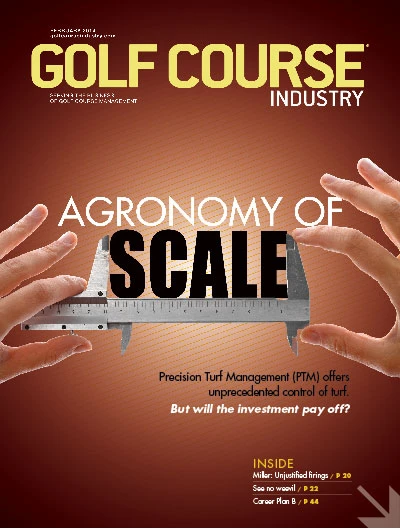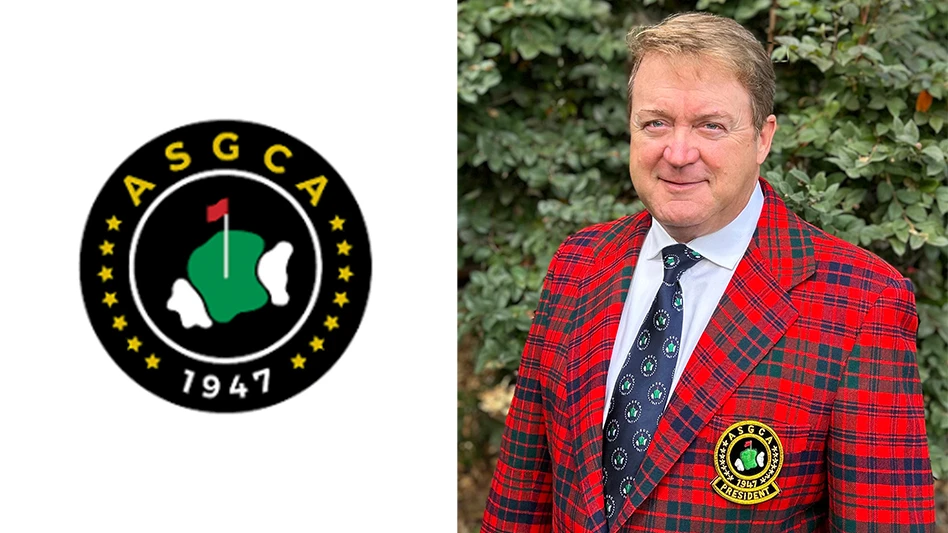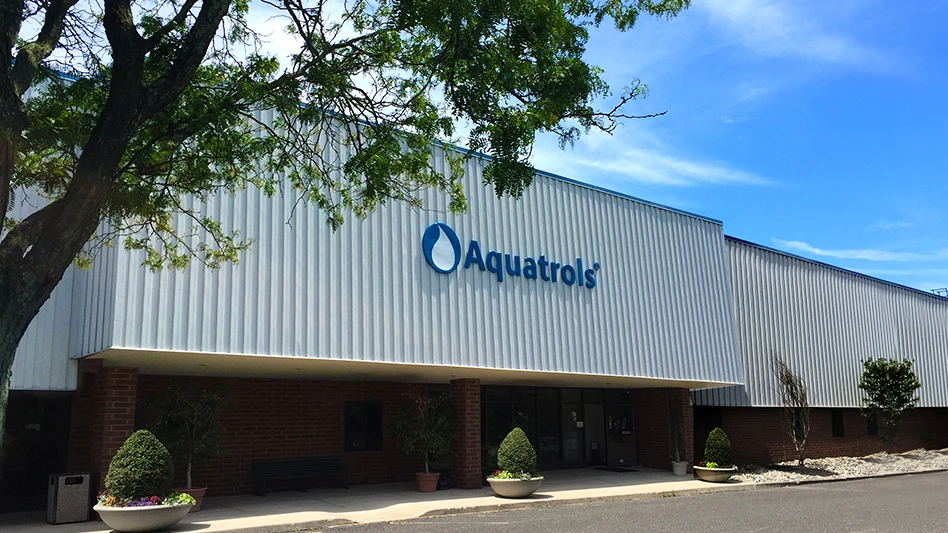 Pat Jones Pat JonesEditorial Director and Publisher |
I love making predictions. It makes me seem smarter than I am when I pontificate about how I’m certain that some trend or some event will happen soon. I also occasionally suck at predictions. Many of you reminded me of this in 2008-2009 after I’d blithely told everyone for years that East Coast private clubs were recession-proof. Ha! Well, here I go again. I predict that over the next five years the term “Precision Turf Management” is going to begin to dominate our conversations about the way golf courses are maintained. In fact, five years from now the term will be so overused that it will become like “sustainability” – a word that means nothing yet is used to suit whatever purpose someone is trying to achieve. But, in the near future, it’s going to be a rolling revolution in the way we approach both information gathering and using inputs. A few quick thoughts: In my mind, Precision Turf Management (gotta start the trend of calling it PTM right now!) is simply applying the lessons that farming learned years ago about using field mapping, various sensing devices and other measuring tools to gather as much information as possible about the real-time agronomic needs of a piece of land and then using advanced application and cultivation equipment to manage those needs more precisely. That’s a lot of words to say that we’re going to start measuring EVERYTHING and only using the inputs we need to keep turf health at whatever is defined as “optimum.” The decade ahead will be the decade of metrics. The art of greenkeeping won’t be 100 percent crowded out by science, but there’s going to be a huge emphasis on using advanced data to get the art right. Our cover story examines the beginnings of this phenomenon and I hope it stirs the pot for conversation and perhaps even accelerates the technology transfer process to bring practices and techniques to our business that farmers have been using for 15 years. It’s time we got more precise. This, however, raises a bunch of questions:
|

Explore the February 2014 Issue
Check out more from this issue and find your next story to read.
Latest from Golf Course Industry
- The Aquatrols Company adds former superintendent to its R&D team
- Heritage Golf Group expands into Tennessee
- Making the grade — at or near grade
- PBI-Gordon receives local business honor
- Florida's Windsor takes environmental step
- GCSAA names Grassroots Ambassador Leadership Award winners
- Turf & Soil Diagnostics promotes Duane Otto to president
- Reel Turf Techs: Ben Herberger





